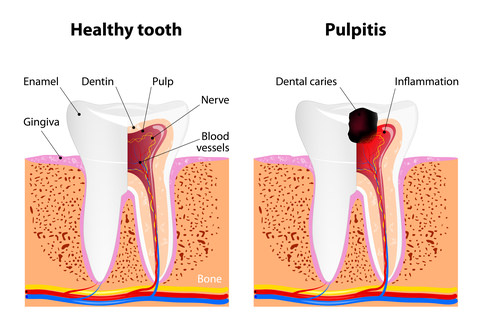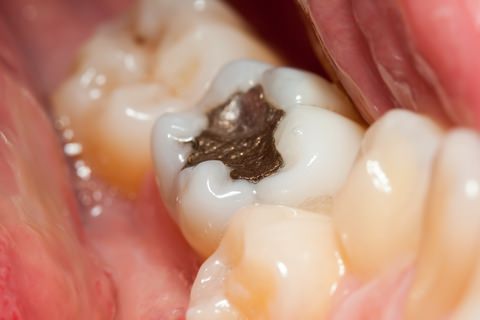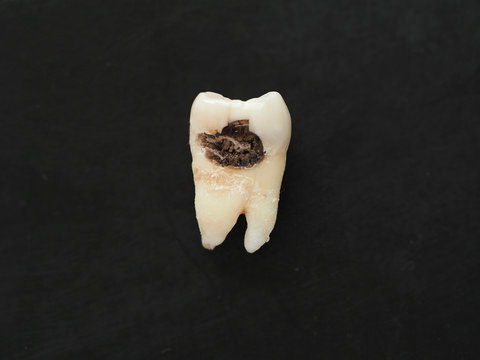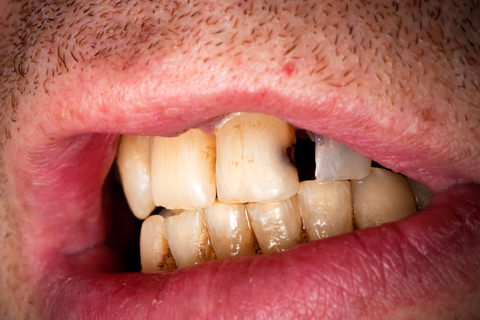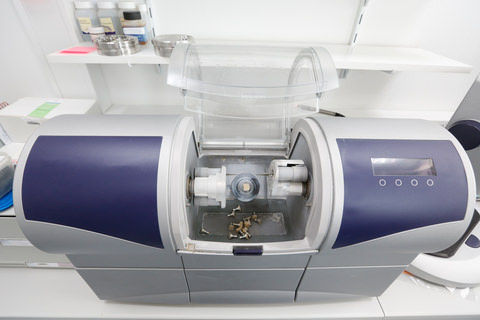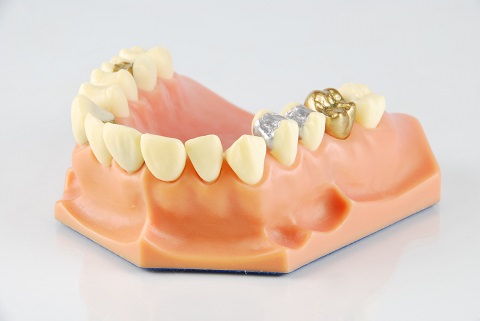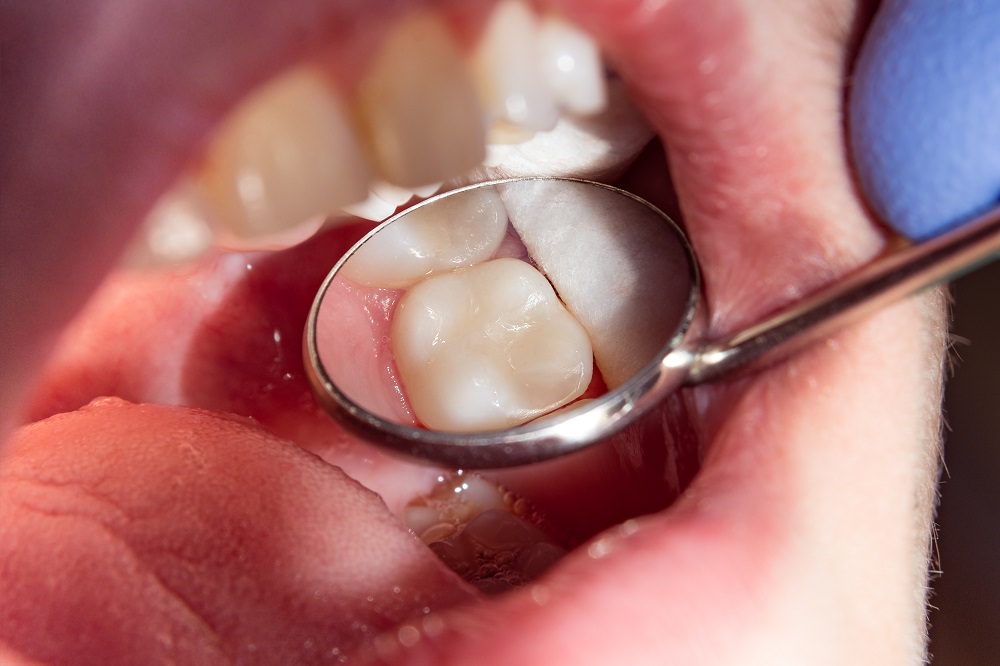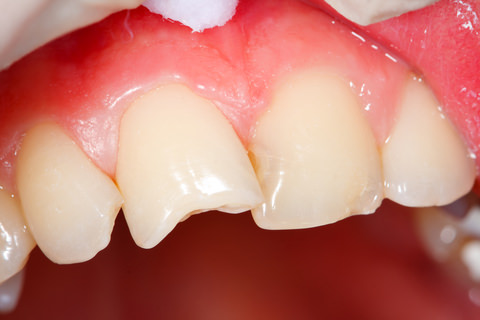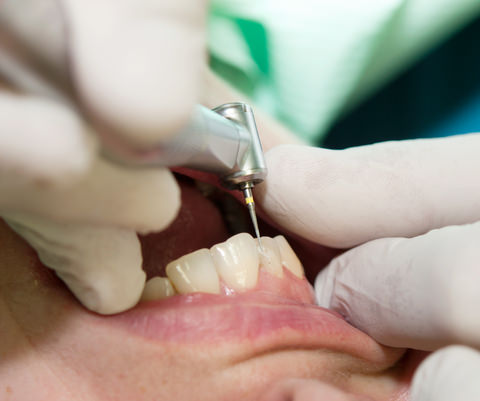Dental Fillings: The Facts You Should Know
Dental Fillings have been around for a long time, but in recent years new technology has changed the way dentists’ provide this treatment.
There are many types of fillings available to suit most preferences and budgets, so the choice is yours!
Well, just as long as your dentist is solution-minded and your wallet can approve the decision.
In this post, I’ll discuss the most up to date filling treatments plus what to expect when heading to your dentist for a filling so you can save time and money.
Jump to Contents
- What is a Dental Filling?
- How is a Cavity Formed?
- Filling Treatments: What’s Available?
- Fillings Designed by Your Dentist
- Fillings Constructed by a Dental Laboratory
- Are Fillings Permanent?
- What Can You do to Prevent a Filling?
- The Filling Process by Your Dentist
- Questions to Ask Yourself
- Laboratory Constructed Fillings: The Process
- Dentist vs Dental Lab Fillings
- What About Gold Fillings?
- Pain with Dental Fillings
- A tooth fracture
- A slow forming fracture such as erosion or abrasion
- Discolouration
- Replacing an old filling
The main reason for fillings and what I’ll focus on throughout this post is a cavity or what is known simply as tooth decay.
It is one of Australia’s most common health problems accordingly to the Healthy Smiles dental group.
But, when I talk about having a dental filling to fix a cavity, the decay must have reached the internal part of your tooth where the tubules lay.
Tubules are like canals that connect the outer part of the tooth such as your enamel, to the inside part which is called the pulp.
If left, bacteria will set in causing it to spread very easily via these tubules.
This can kill your tooth which eventually leads to tooth loss.
The diagram below shows how your tooth is all connected.
How is a Cavity Formed?
A cavity can form by eating the wrong types of foods and not brushing and flossing your teeth regularly.
I know, I know, sometimes you just want to enjoy certain foods and not worry about any after-effects.
However, when you eat sugary foods, those sugars actually feed bacteria that’s in your mouth and around your teeth.
As bacteria builds, it will send toxins and acids into your tooth which will slowly degrade it over time.
You’ll find that cavities form either on the top or side of your tooth.
Cleaning your teeth routinely is a great way to stop cavities forming, and it’s probably the No.1 recommendation that your dentist will give you when discussing tooth decay prevention.
Filling Treatments: What’s Available?
When discussing treatment options with your dentist, you’ll notice that there are plenty of options available to you.
Your finances are probably going to be the biggest factor when deciding on what type you’ll choose.
For information on costs, you can read our post Dental Costs for Fillings: The Results Are In!
Dental Aware also have a Dental Cost Calculator that is easy to use and gives you the average costs of dental treatments in your state.
Simply select your state and search either by treatment, symptom or item code.
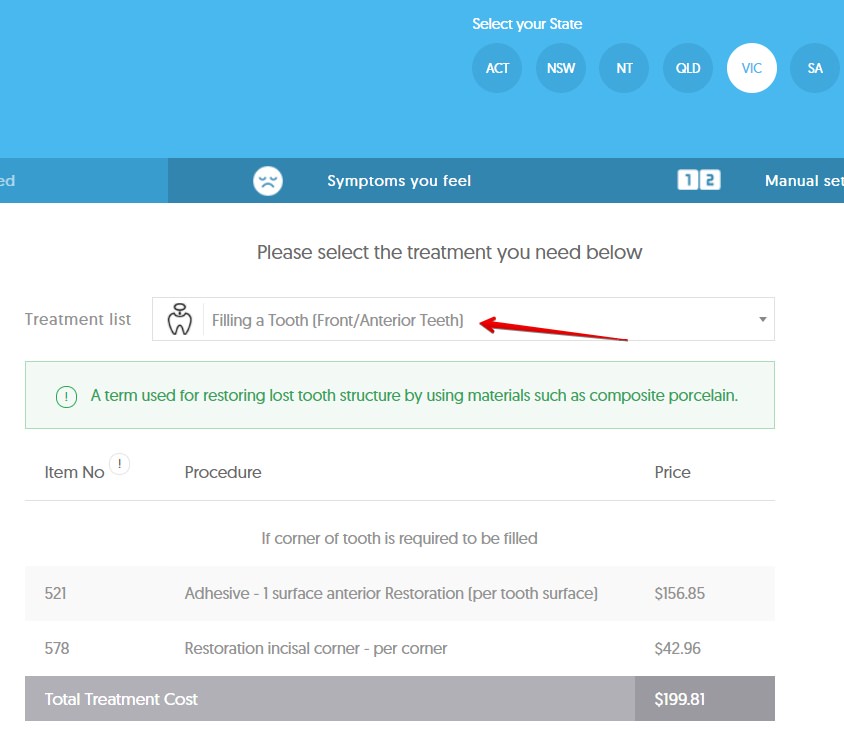
The average cost for a Dental Filling in VIC (Front teeth)
Some dental fillings like the Amalgam (mercury-based) have been around for ages!
Reports indicate that the English and French first used amalgam fillings in the early 1800s.
So you can imagine, there’s been a lot of advancements since then that represents a better and safer option for your dental filling needs.
I haven’t used Amalgam fillings for over 25 years and feel amalgam fillings have had their day.
We should all look towards the future and check out what new ways dentists are deciding to treat their patients for cavities.
To best describe the types of fillings available, I’ll separate them into two groups:
- Designed by a dentist
- Laboratory constructed.
Now to be clear, there are some dental surgeries in Australia that do have dental laboratories and dental technicians onsite to provide a complete service for their patients.
However, most dentists will need to outsource specific tasks to a dental lab.
Composite Fillings
This is your standard filling, and it provides a reasonable and efficient way for your dentist to treat a tooth that has been affected by a cavity.
A great way to describe composite resin is that it’s like putty.
In its initial form, the resin can be applied and moulded into the cavity of your tooth.
Once in place, an ultraviolet light (blue light) is then used to harden the composite resin.
It is worth noting that composite fillings do slightly shrink during this process.
Unfortunately, composite doesn’t have the best adaptation between the filling and your tooth.
It is the cheaper option of the filling range, so these are some of the considerations you must think about.
Glass Ionomer Fillings
This type of filling is a silica base material and is perfect for children’s teeth.
The reason for this is that glass Ionomer is a lot easier on live tissues and doesn’t last as long as composite fillings.
Another great reason to choose glass ionomer for kids is that kids teeth fall out regularly as they age, so you won’t have to worry about having them last for a long time.
If you are an adult considering a glass Ionomer filling, it will most likely last for only a short period of time.
So it’s best as a temporary option for your filling requirements.
Check out 20 dentist tips for using glass Ionomers.
This guide is probably more suited to dentists, however, it sheds light on why glass ionomer fillings are useful.
Fillings Constructed by a Dental Laboratory
Now, we’ll move onto fillings that are made by a dental lab.
These fillings are designed from materials that are much stronger and usually last much longer than standard types.
I refer to them as the top three but you can call them the bee’s knees!
3 Different Materials to Choose
- Porcelain
- Zirconia
- Emax
Porcelain has been around for a while, but the Zirconia and Emax are relatively new on the market and are computer generated by the dental technician.
You get perfection when opting for one of these filling materials, but you pay for it too.
The costs are roughly 10 times that of a standard filling, 10 times that of a standard filling, but the upside is they’ll generally last much longer.
- Nasty bacteria
- Diet considerations
- Hydration issues
- Mouth breathing
These factors cause unbelievable destruction to your tooth structure as well as the filling materials.
The damaging truth is that if you have had tooth decay in the past, chances are these issues will continue, especially as you age.
#1 Oral Hygiene
Getting into the habit of brushing and flossing your teeth is where it starts.
A good dental hygiene routine which you can stick to morning and night will prevent a lot of dental issues occurring.
#2 Diet
Another habit which can turn the tables on tooth decay is your diet.
A healthy, balanced diet of fresh foods will significantly reduce your chances of having a mass of dental problems.
It has also been widely researched that a good diet can reduce general health-related issues as well.
#3 Drink Water and Plenty of It
Often overlooked nearly every day of the week, water has multiple uses and is quite possibly the most critical part of a healthy and functioning body.
You’ll find that making sure you’re hydrated is one of the most recommended guidelines given to patients by general practitioners and dentists alike.
Drinking the recommended 2 litres a day will make sure your saliva and mouth are not dry.
Saliva, after all, is your first line of defence against bacteria in your mouth.
Mind Body Green has some great tips and benefits of drinking water.
#4 Breathing Properly
Breathing through your mouth has been discovered to increase your chances of dental-related problems.
Not only will mouthbreathing cause dryness, but you’ll also most likely develop halitosis aka bad breath.
The importance of breathing through your nose has many benefits not only for your teeth and gums as Winchester Dental explains clearly.
The Filling Process by Your Dentist
When you go into a dental surgery, the first thing your dentist will need to establish is that the tooth is healthy enough to be able to tolerate a filling.
See, what your dentist is looking for is how close the cavity or decay is to the nerve in your tooth.
Should your nerve be damaged, your dentist might have to put in a crown in instead of a filling.
Sometimes 80% of the tooth is destroyed, and only 20% of the tooth is actually healthy.
In this situation, a crown and possibly even a root canal treatment would be the recommendation of your dentist.
A lot of the time when you’re suffering from extreme tooth decay, your dentist will conduct root canal treatment before a filling.
This practice is so they can get retention into the canals of the tooth which will hold the filling in place.
It is worth noting that before and during any dental treatment happens; your dentist should explain the options available to you.
After all, you are paying for the dental work, so make sure you know what’s happening along the way.
- What are all my options?
- What is best for me?
- Will I be happy with the choice I make in 5, 10, 15 years time?
- Have I considered my finances?
Once you have decided on a dental filling, say for this example, it’s a straightforward composite filling.
Your dentist will give you a local anaesthetic so that they can remove all the decay out of the tooth.
During which, ensuring the nerve of your tooth is protected in the process.
The composite resin fills the cavity space which is then followed by ultraviolet light to harden the filling.
Laboratory Constructed Fillings: The Process
Should you decide you wanted the best and opted for the Zirconia or Emax filling, your dentist would have to prepare the cavity for the lab.
Some dentists have what’s called a Cad Cam machine, or 3D printer.
This machine can take an impression of your tooth without the need for your dentist to do it manually.
Technology is simply amazing!
As you wait for your impression to be made, along with your filling, your dentist will put in a temporary filling.
This is to stop any food from getting into the cavity plus also reducing the chance of sensitivity issues while you wait.
It usually takes roughly two weeks for the lab to send back the impression and the filling.
The whole process is very accurate and can take time.
Once your new filling is ready, your dentist will remove the temporary and install the new one.
They attach it to the tooth with special dental cement and glue.
It is then trimmed, making sure your bite is not affected at all.
You’ll most likely be asked to come back to the dental surgery in a couple of days to check everything is okay and functioning correctly.
Important Note: If the filling is very close to the nerve of your tooth, your dentist will warn you that the nerve could be damaged and that there might be a possibility of a root canal. This should have been explained to you before going ahead with a filling.
Dentist vs Dental Lab Fillings
Besides the price factor, fillings that are made by the lab will outlast your standard type almost every day of the week.
Dental lab fillings such as porcelain, Zirconia or Emax are just much stronger than composite.
People who decide on composite resin fillings, really believe that they will last and when it fails at some point, get annoyed that it hasn’t endured the journey.
Because of the extreme climate of your mouth, if you want to have a filling last for many years to come, seriously consider ones that are made by a dental lab.
The materials used today are top quality and the filling itself is designed by computers, so it is near perfect.
I understand that finances sometimes don’t always allow you to go with the most expensive and best option around.
So make sure you communicate with your dentist when the time comes.
Don’t be afraid to ask questions and voice concerns.
Even seek them out online (just make sure it is correct information).
Finally, if you aren’t happy with what your dentist is saying, get another opinion.
Life is too short to live with poor dental work.
What About Gold Fillings?
I love gold fillings.
It is the best filling material because it’s durable and moulds really well to a tooth.
Unfortunately, its hay day has come and gone.
Gold fillings aren’t anywhere near fashionable as they once were.
Sure, some people will still love the look, but most will decide on an aesthetically pleasing ‘white filling’.
Pain with Dental Fillings
Fillings shouldn’t give you any pain or discomfort once completed.
If they do, the issue is within the tooth or at the root of the tooth.
You can imagine, putting a lid on a volcano, it is going to blow!
That’s why preparation by your dentist is so necessary.
Before having a filling, your dentist will numb the area so that when they remove the decay from your tooth, you won’t feel any pain or sensitivity.
Conclusion
As long as human beings have teeth, the humble filling will be a part of your dentists’ treatment plan for various reasons including cavities.
When faced with a cavity, the type of filling you choose is dependant on a few things like; your preference to style and the size of your wallet.
Some fillings will provide you with longevity while others might just be for the interim.
Fillings will continue to be around for many more years to come, but as technology improves it’s important your dentist covers the points made in this post.
If you have any further questions about dental fillings, please leave a comment below or send me a message – Ask Dr V.
By Dr. V
Created at May 05, 2018, Updated at January 25, 2025




